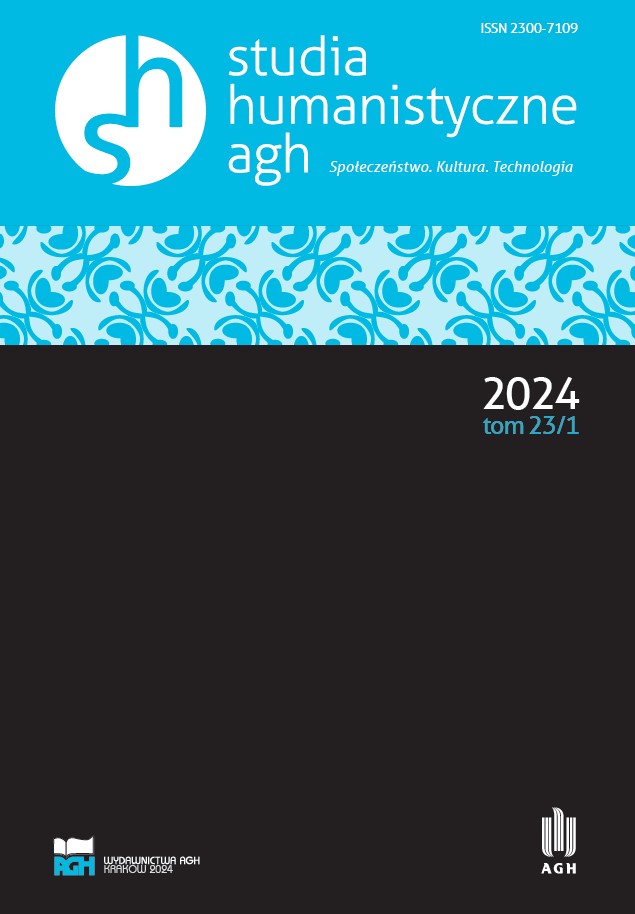“Fitspiration” – A Healthy Lifestyle or a Fit Obsession? Literature Review
DOI:
https://doi.org/10.7494/human.2024.23.1.6320Keywords:
body image, social media, healthy lifestyle, fitspiration, female body idealAbstract
In the modern world, social media plays a major role in shaping the lifestyle of individuals. Excessive disciplining of women’s bodies has led to a situation in which eating disorders have become a civilization’s disease (Wojnarska, 2019). The aim of the article is to present the main conclusions from research on media coverage of the “fitspiration” trend in 2016–2023. The author analyzed peer-reviewed articles in English using the ScienceDirect, EBSCO and Google Scholar databases. Based on the analyzed scientific articles, it can be concluded that “fitspiration” is a developing, dangerous digital trend. Despite the health-promoting assumptions, most studies point to a negative aspect associated with body dissatisfaction and unfavorable eating behaviors of the young female population. Moreover, it was found that the process of self-isolation caused by the pandemic intensified the use of social media promoting negative “fitspiration” content (Cataldo et al., 2022).
Downloads
Downloads
Published
Issue
Section
License
Copyright (c) 2024 © Wydawnictwa AGH, Kraków 2024, Creative Commons CC-BY 4.0 License

This work is licensed under a Creative Commons Attribution 4.0 International License.
Authors who publish with this journal agree to the following terms:1) Authors retain copyright and grant the journal right of first publication with the work simultaneously licensed under a Creative Commons Attribution License that allows others to share the work with an acknowledgement of the work's authorship and initial publication in this journal.
2) Authors are able to enter into separate, additional contractual arrangements for the non-exclusive distribution of the journal's published version of the work (e.g., post it to an institutional repository or publish it in a book), with an acknowledgement of its initial publication in this journal.
3) Authors are permitted and encouraged to post their work online (e.g., in institutional repositories or on their website) prior to and during the submission process, as it can lead to productive exchanges, as well as earlier and greater citation of published work (See The Effect of Open Access).



